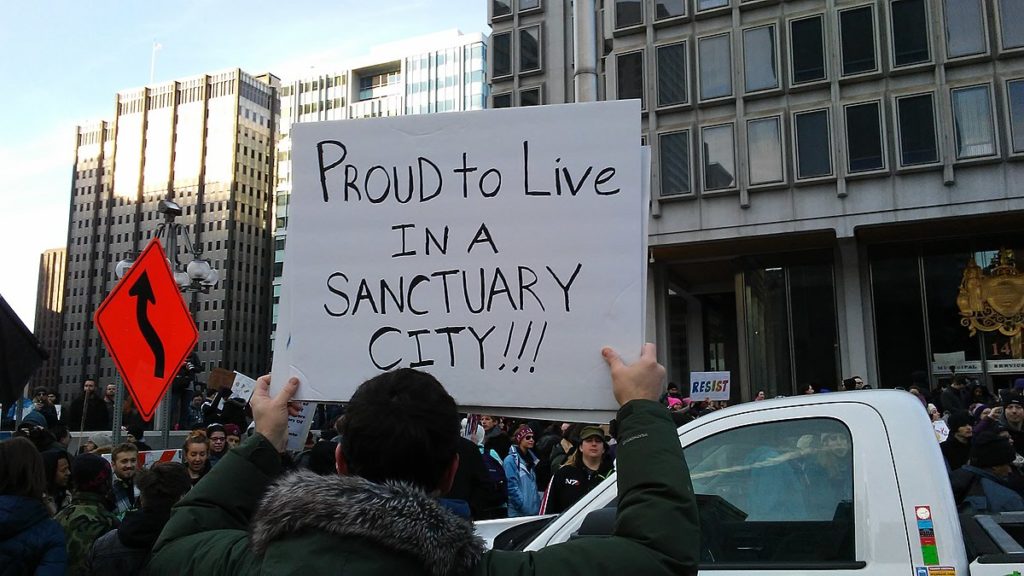We’re very happy to be back with the second edition of the Friday News Roundup this year, and we hope you enjoy the things we’ve been reading and watching!
Labor Actions
- WV Senate considers putting pay raise toward PEIA as teacher strike continues (Charleston Gazette-Mail)
- ‘I Live Paycheck to Paycheck’: A West Virginia Teacher Explains Why She’s on Strike (New York Times)
- Universities strike blamed on vote by Oxbridge colleges (The Guardian)
- USS strike: is time to nationalise university pensions? (Times Higher Education)
Environmental Issues
- The hidden costs of cobalt mining (Washington Post)
- The future of climate policy is being decided in the Pacific Northwest (Vox)
- Spring has arrived early for much of the US. It’s gorgeous — and concerning. (Vox)
- Making America Toxic Again (Mother Jones)
- How America’s clean coal dream unravelled (The Guardian)
Nationalism
- Northern Ireland is in crisis because of a squabble over language (Washington Post)
- Theda Skocpol’s new work on anti-Trump activists (The Economist)
- Spain has violated Carles Puigdemont’s political rights, UN told (The Guardian)
At Work
- Corporate America Is Suppressing Wages for Many Workers (New York Times)
- A Horrifying Path to America for Hotel Workers (The Atlantic)
- Crafting a Life (1843 Magazine)
Policing in America
- How Chicago Ticket Debt Sends Black Motorists Into Bankruptcy (ProPublica)
- The High Cost of Unlicensed Bail Bonds (The Atlantic)
On Campus
- New England colleges have one big worry: 2025 (Boston Globe)
- Why governments have overestimated the economic returns of higher education (The Economist)
- The Case for Inclusive Teaching (The Chronicle)








